
Filter News
Area of Research
- Advanced Manufacturing (7)
- Biological Systems (2)
- Biology and Environment (62)
- Biology and Soft Matter (1)
- Building Technologies (2)
- Computational Biology (1)
- Computer Science (1)
- Data (1)
- Electricity and Smart Grid (1)
- Energy Science (95)
- Fossil Energy (1)
- Functional Materials for Energy (2)
- Fusion and Fission (17)
- Fusion Energy (2)
- Isotope Development and Production (1)
- Isotopes (5)
- Materials (67)
- Materials for Computing (6)
- National Security (29)
- Neutron Science (36)
- Nuclear Science and Technology (7)
- Sensors and Controls (1)
- Supercomputing (63)
- Transportation Systems (1)
News Type
Date
News Topics
- 3-D Printing/Advanced Manufacturing (43)
- Advanced Reactors (9)
- Artificial Intelligence (60)
- Big Data (39)
- Bioenergy (37)
- Biology (52)
- Biomedical (19)
- Biotechnology (13)
- Buildings (45)
- Chemical Sciences (45)
- Clean Water (11)
- Composites (15)
- Computer Science (72)
- Coronavirus (9)
- Critical Materials (11)
- Cybersecurity (9)
- Education (2)
- Element Discovery (1)
- Emergency (3)
- Energy Storage (41)
- Environment (78)
- Exascale Computing (34)
- Fossil Energy (5)
- Frontier (31)
- Fusion (20)
- Grid (29)
- High-Performance Computing (61)
- Hydropower (9)
- Irradiation (1)
- Isotopes (21)
- ITER (4)
- Machine Learning (33)
- Materials (61)
- Materials Science (44)
- Mathematics (7)
- Mercury (2)
- Microelectronics (2)
- Microscopy (18)
- Molten Salt (1)
- Nanotechnology (11)
- National Security (51)
- Neutron Science (38)
- Nuclear Energy (25)
- Partnerships (37)
- Physics (21)
- Polymers (10)
- Quantum Computing (27)
- Quantum Science (31)
- Security (12)
- Simulation (30)
- Space Exploration (7)
- Statistics (3)
- Summit (21)
- Transportation (27)
Media Contacts
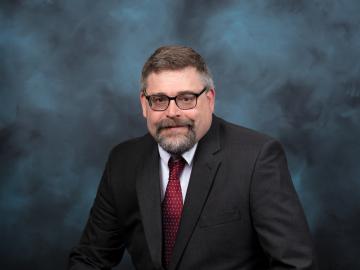
The American Society of Heating, Refrigeration and Air-Conditioning Engineers, or ASHRAE, selected Oak Ridge National Laboratory’s Brian Fricke as one of 25 members elevated to fellow grade during its 2022 winter conference.
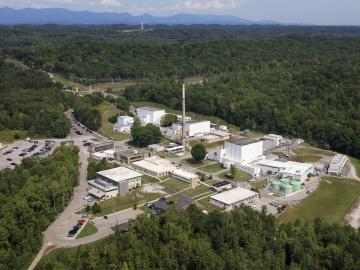
Four small businesses and one employee were recognized for their exceptional performance in support of ORNL at the 2021 Small Business Awards ceremony held virtually on Wednesday. The annual event honors small businesses that have made a positive impact on ORNL’s operations.
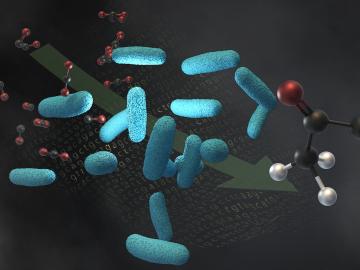
A team of scientists from LanzaTech, Northwestern University and ORNL have developed carbon capture technology that harnesses emissions from industrial processes to produce acetone and isopropanol

A study led by researchers at ORNL used the nation’s fastest supercomputer to close in on the answer to a central question of modern physics that could help conduct development of the next generation of energy technologies.

When in 1948 Doris Belle Scott, just graduated from Meharry Medical College School of Nursing, sat for her interview for a position at Oak Ridge National Laboratory, the medical director, J.S. Felton, explained the Laboratory's philosophy of industrial health

A new fusion record was announced February 9 in the United Kingdom: At the Joint European Torus, or JET, the team documented the generation of 59 megajoules of sustained fusion energy, more than doubling the

ORNL, TVA and TNECD were recognized by the Federal Laboratory Consortium for their impactful partnership that resulted in a record $2.3 billion investment by Ultium Cells, a General Motors and LG Energy Solution joint venture, to build a battery cell manufacturing plant in Spring Hill, Tennessee.

Materials scientist and chemist Nancy Dudney has been elected to the National Academy of Engineering for her groundbreaking research and development of high-performance solid-state rechargeable batteries.
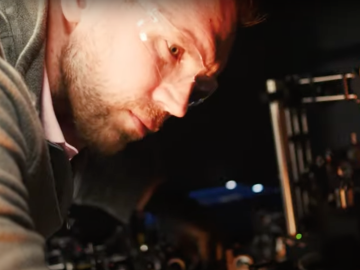
ORNL manages the Innovation Network for Fusion Energy Program, or INFUSE, with Princeton Plasma Physics Laboratory, to help the private sector find solutions to technical challenges that need to be resolved to make practical fusion energy a reality.
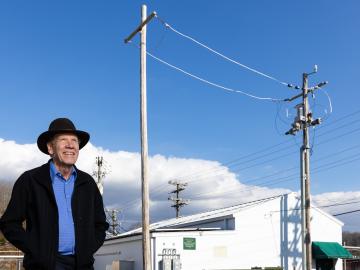
Bruce Warmack has been fascinated by science since his mother finally let him have a chemistry set at the age of nine. He’d been pestering her for one since he was six.


